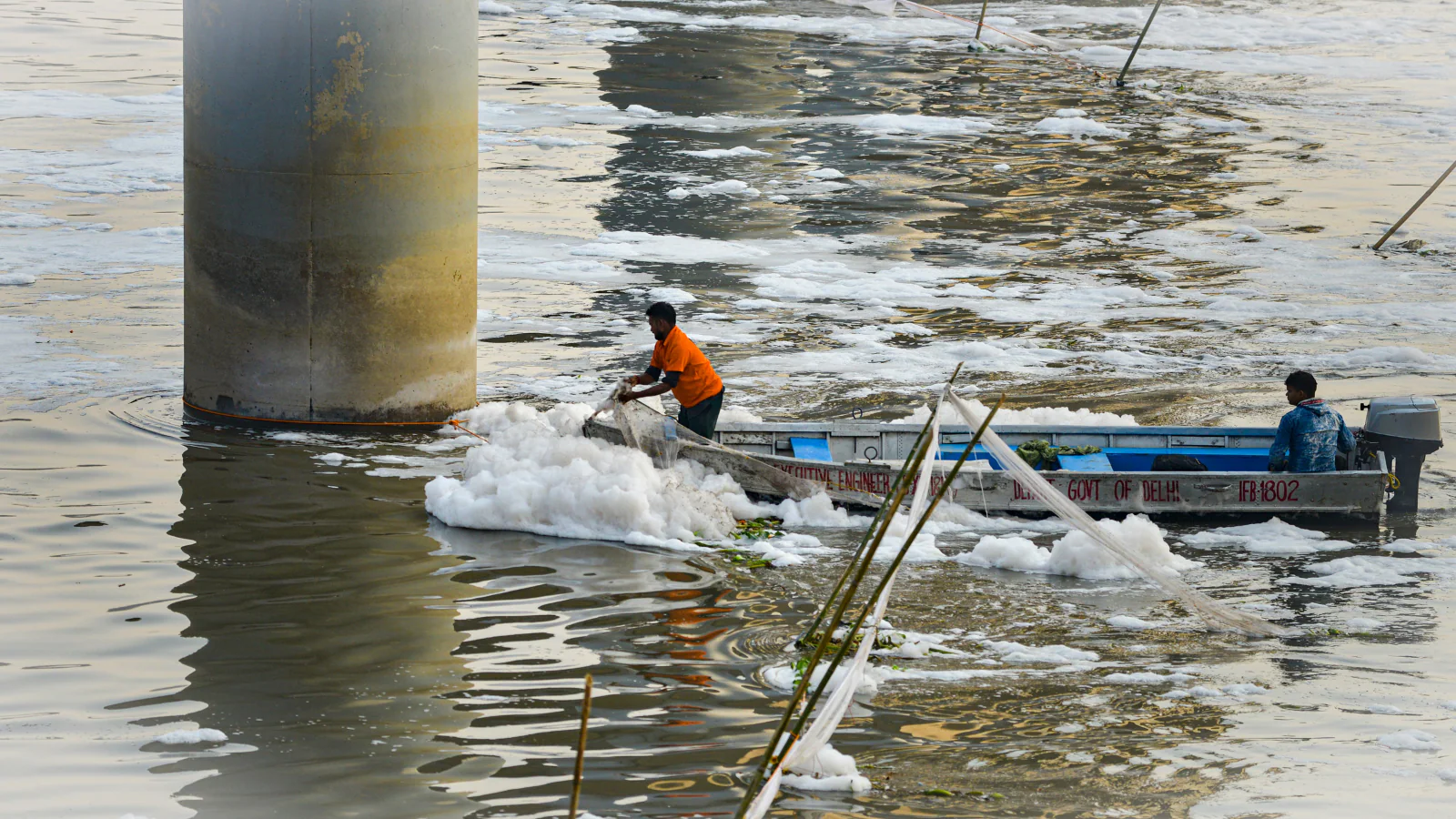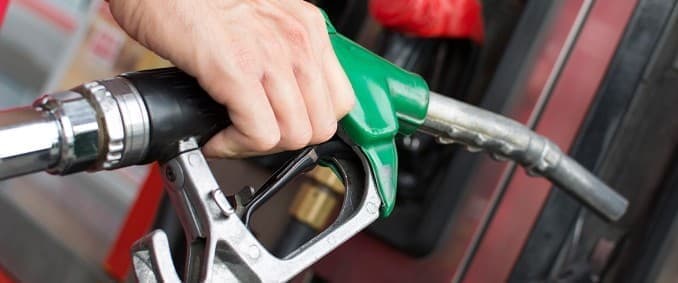Copyright news18

Every year after Diwali, as the outrage over polluted skies wanes out, it shifts to the degrading state of Yamuna in Delhi. Persistent froth – a toxic mix of sewage and industrial waste suffocates the mighty river after it enters Delhi – a crucial point in its 1300 kms long journey from Uttarakhand to Uttar Pradesh. Delhi covers 22-km stretch of the Yamuna, which is merely two per cent of the total length of the river basin, yet it contributes over 80 per cent of the pollution load in the entire river, according to New Delhi-based think tank Centre for Science & Environment (CSE). In its report released in May, it showed how the Dissolved Oxygen level in the river is between 5-6 mg/litre (against the standard of 5 mg/litre) when it enters Delhi at Palla, and Wazirabad – but by the time it reaches the next monitoring point at ISBT, it drops to zero. “In other words, the river at that point is officially without life,” the team said with alarm. The Delhi Pollution Control Committee (DPCC) which monitors the pollution in the river, declared it ‘unfit for bathing’ in its monthly report in September. Clearly the river struggles to cleanse itself, even in the midst of abundant monsoon rains. So, every year, as lakhs of devotees throng the river for the annual festival of Chhath festival, the question arises again: How long will it take to clean the Yamuna? WHAT AILS THE YAMUNA? According to the data, the previous Delhi government spent over Rs 6,856.9 crore to clean the Yamuna from 2017 to 2021 – focusing on construction of new sewage treatment plants (STPs), upgradation of the existing sewage plan, desilting of sewer lines, and controlling the flow in the major drains in Delhi. As of May, 37 sewage treatment plants (STPs) had been constructed and around 80 per cent of the city has been sewered, yet the river remains polluted as ever. The Biochemical oxygen demand (BOD) and the Faecal coliform (FC) counts clearly suggest that there is still large-scale dumping of raw sewage into the river, making its water unfit for human consumption throughout the year. It is not surprising, considering a large percentage of people still live in unauthorised colonies, many of them without sewerage. Delhi has 22 drains that are supposed to carry clean water into Yamuna, but most of them receive untreated waste from either unsewered colonies or through tankers. Najafgarh, and Shahdara drains together add 84 per cent of the pollution load, the assessment reveals. This would mean that if pollution from these two sources can be abated, then Yamuna can be vastly improved. REUSE ALL THE TREATED EFFLUENT Delhi has about 37 sewage treatment plants (STPs) of 3033 MLD, which have the capacity to treat over 84 per cent of the generated sewage, estimated at 3600 MLD. The challenge, however, is to ensure that this treated wastewater is reused for horticulture or other applications, and not released back into the same drains that carry untreated sewage, where it gets mixed with untreated wastewater. It is urgent that the treated effluents is completely reused and recycled, because the cost of treatment is lost and any impact on pollution control is completely lost if this is not done. “If treated wastewater is not discharged into the drain leading to Yamuna, it will reduce the pollution load and make the final outlet easier to treat. Then, during the dry months, make sure that treatment can be as close to the outfall points as possible so that only ‘cleaned’ wastewater is released,” recommends CSE in its report. The ‘mixing’ of treated and untreated sewage must be avoided at all costs.



